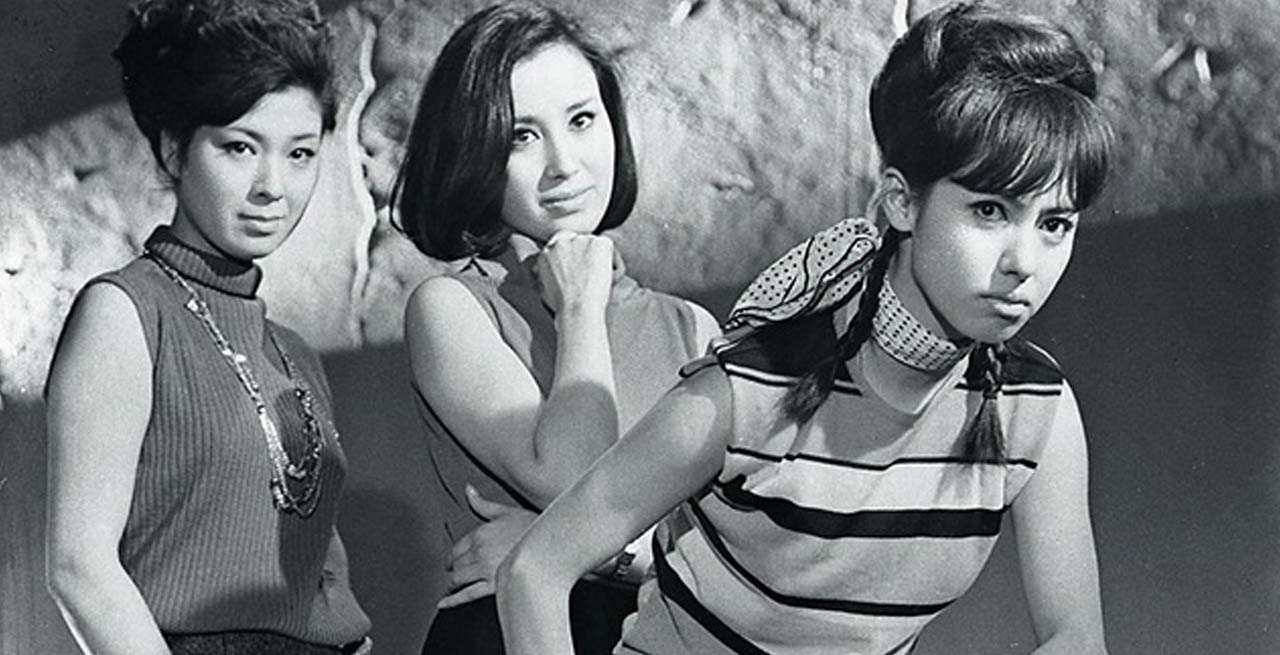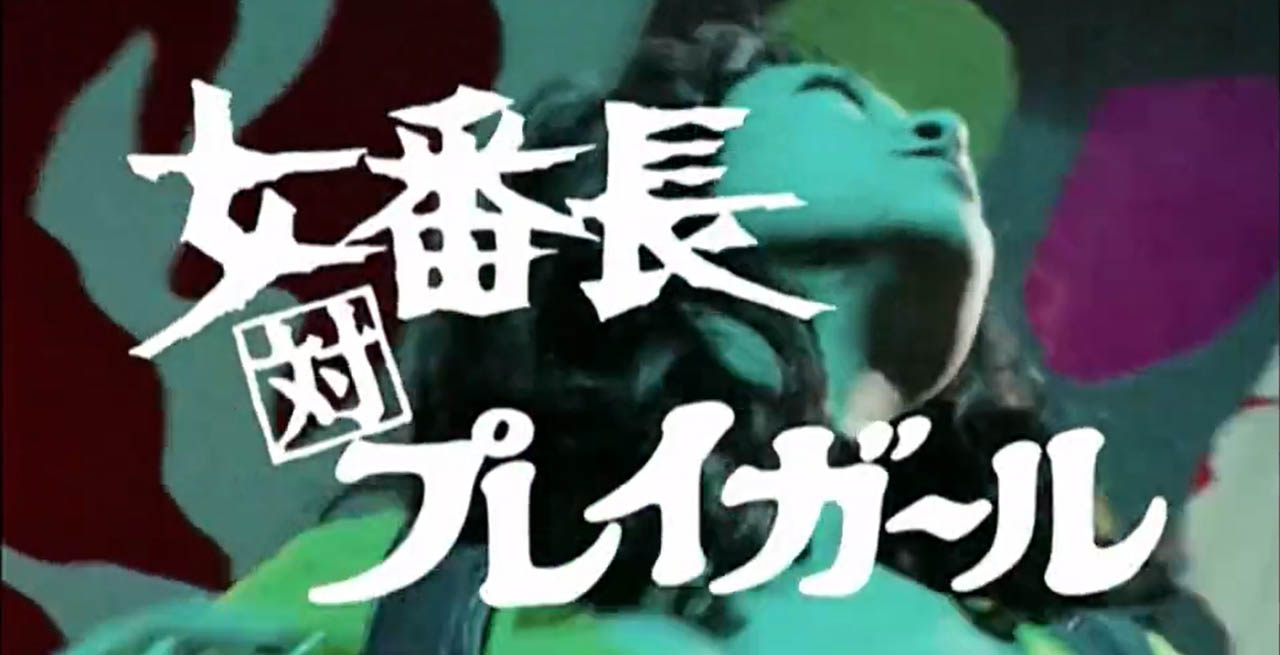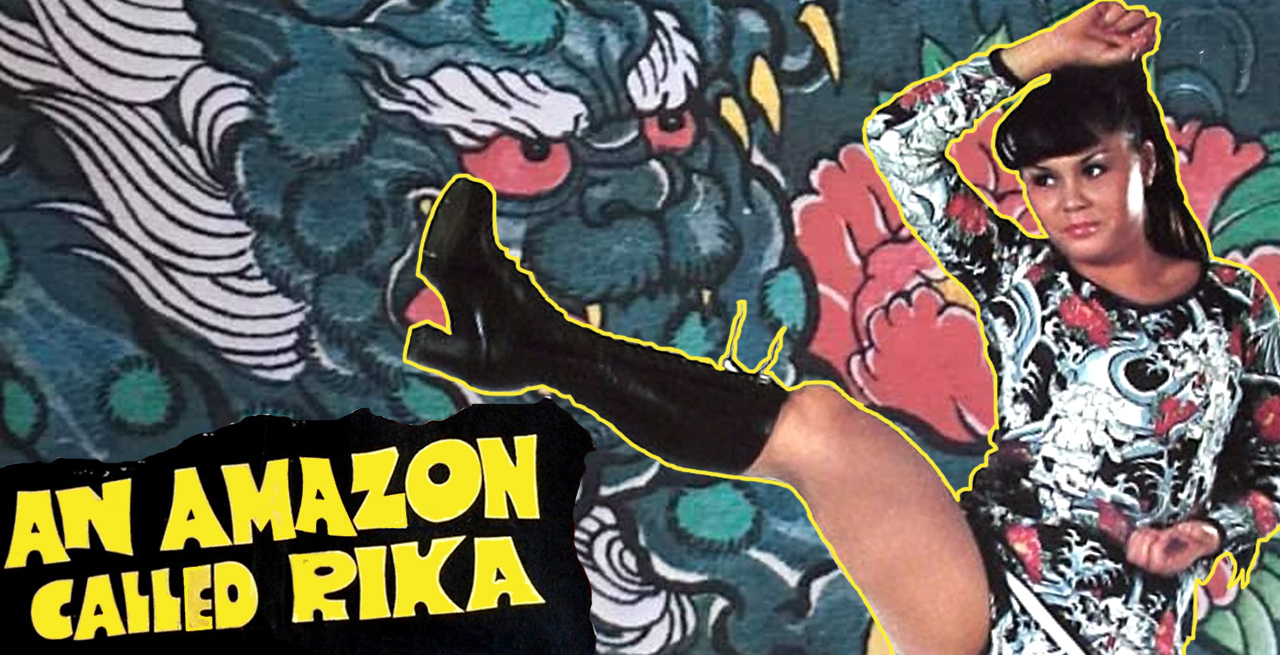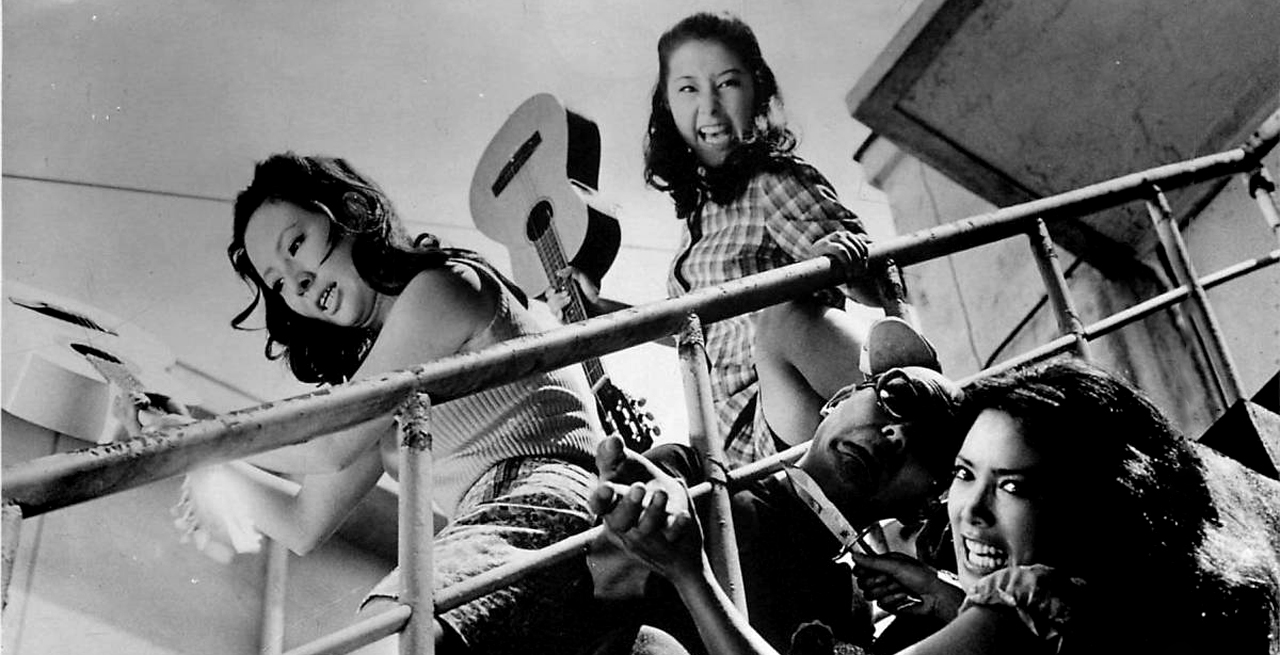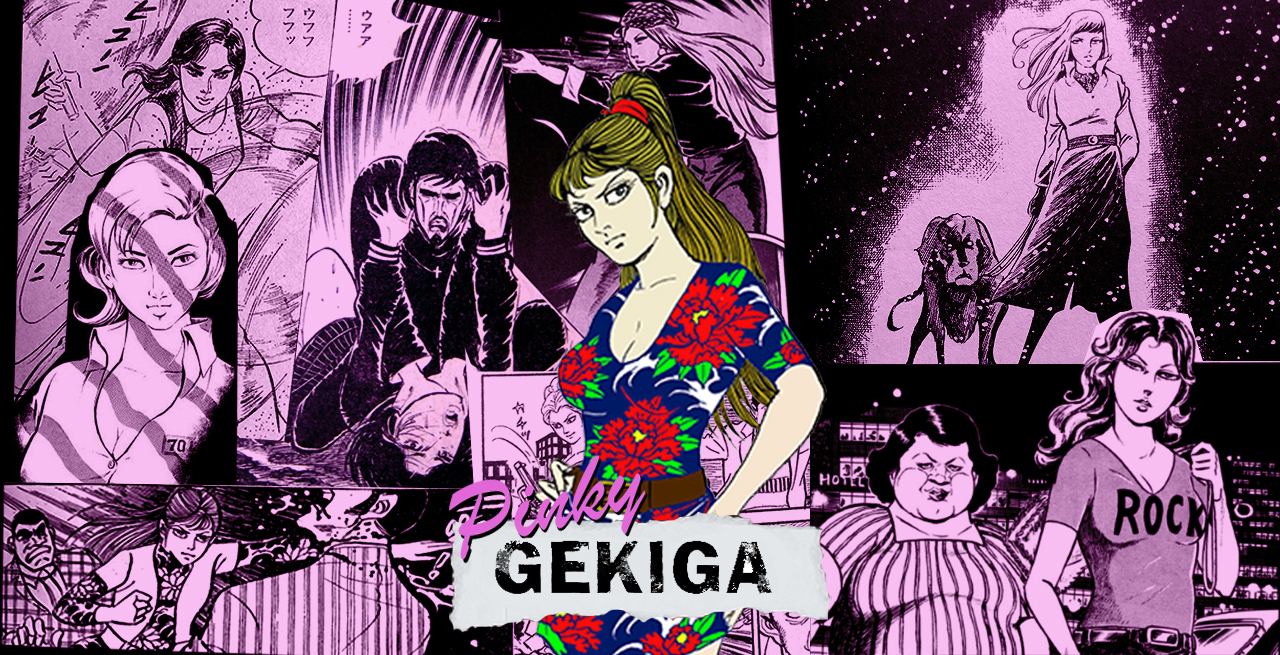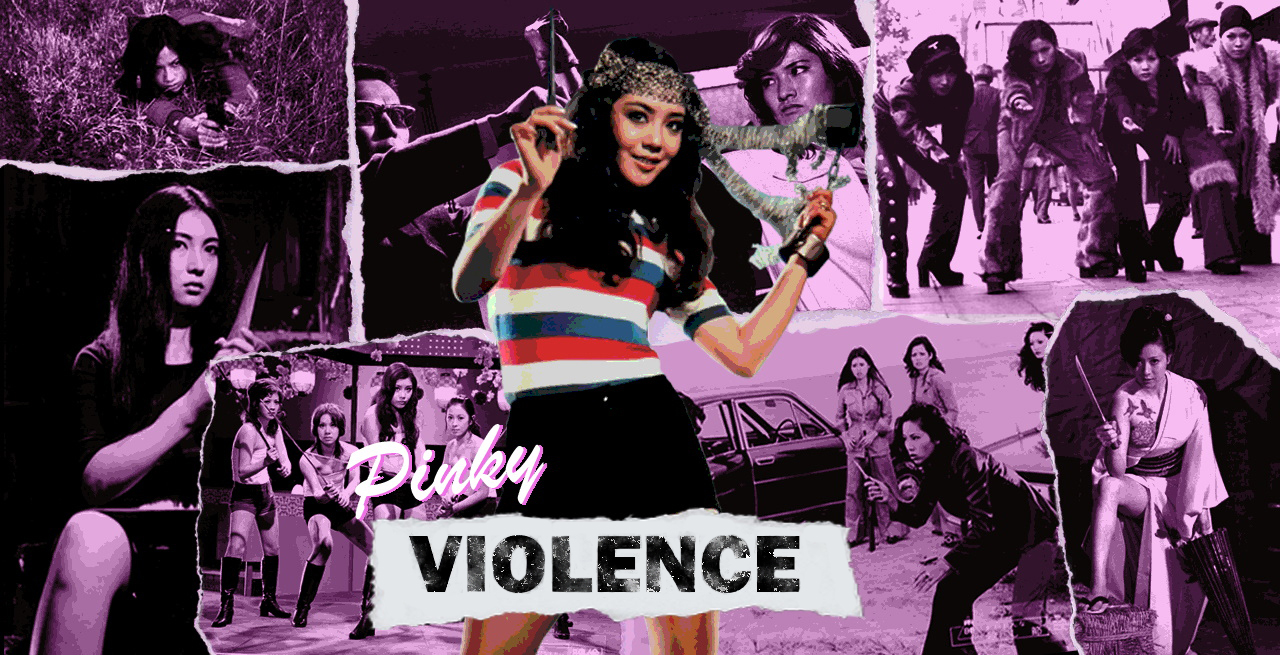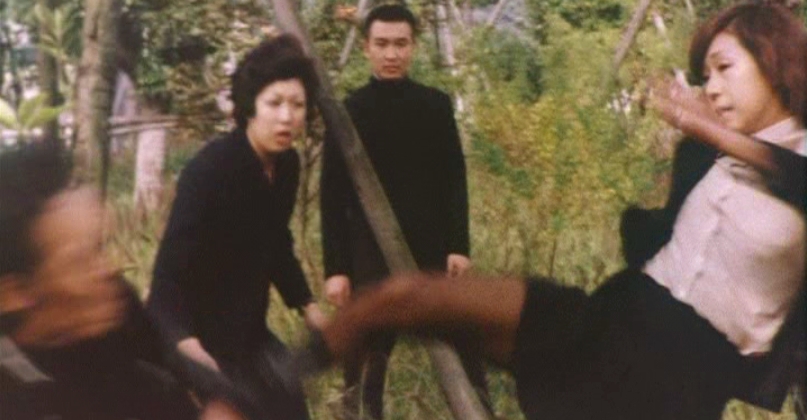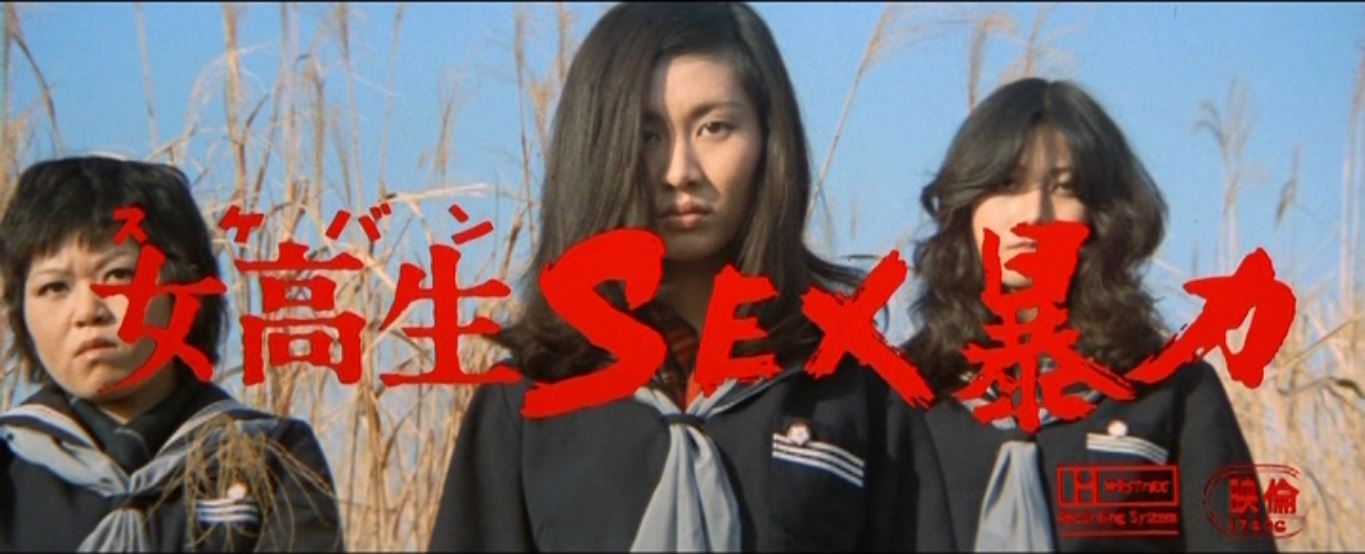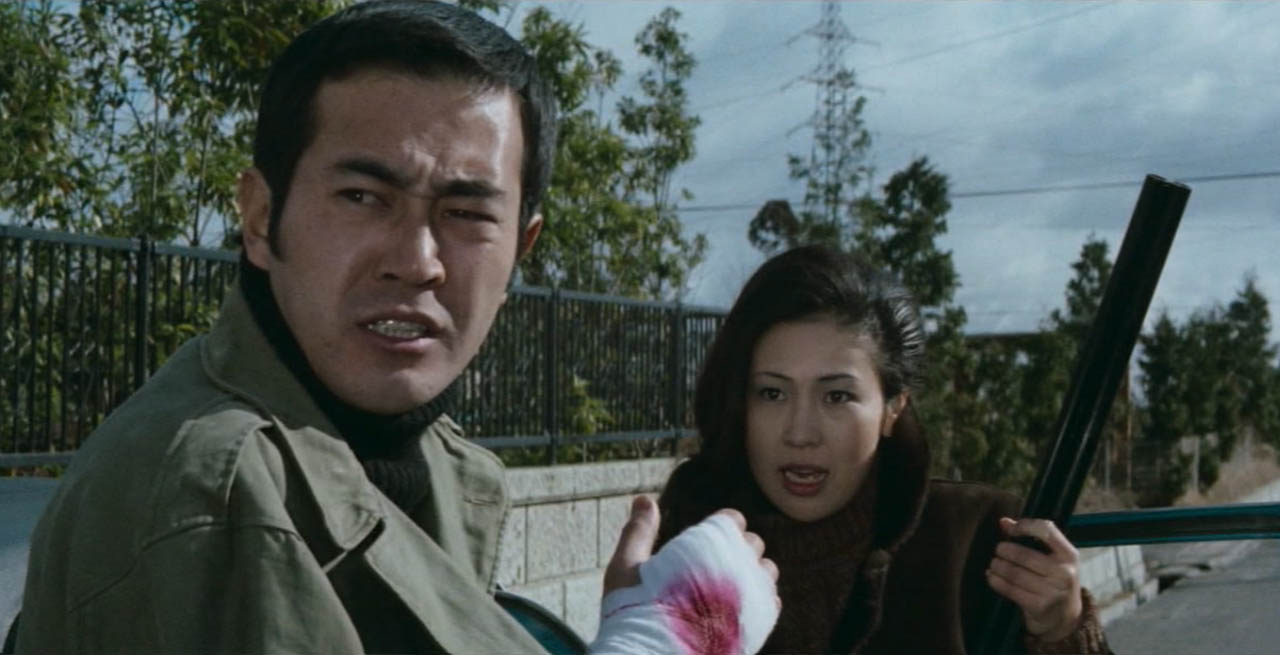
When Toei’s pinky violence line first appeared in 1970 it was an unstoppable force, and throughout the early 70s, it showed little signs of slowing down. 1973 in particular was a bumper year for pinky violence, with an excessive offering consisting of – two Girl Boss films, three Terrifying Girls’ High School films, two Female
